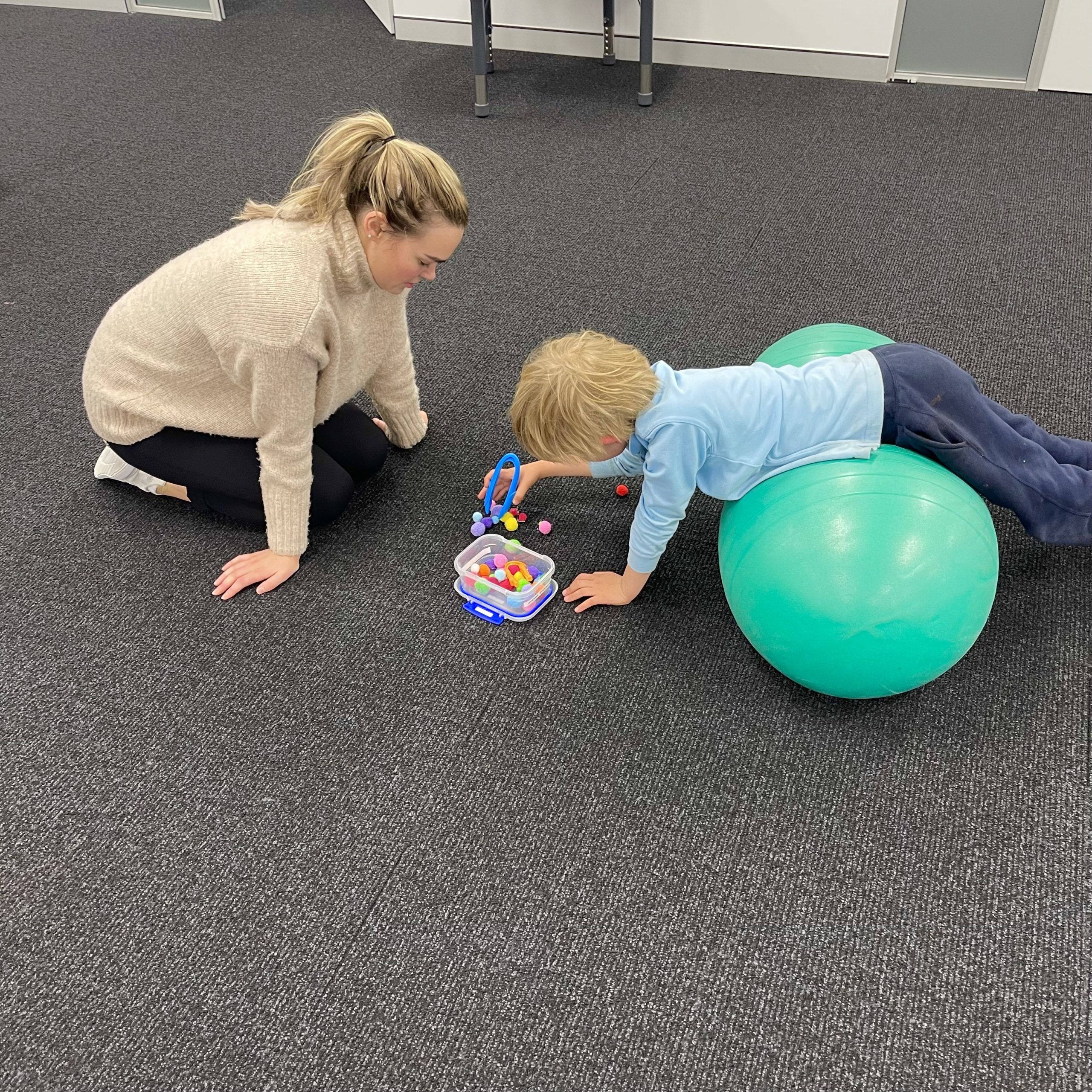
Understanding Sensory Integration: A Guide for Parents in Bondi Junction
What is Sensory Integration?
Sensory integration may seem like a complex concept, but it’s critical to your child’s development, especially if they have ADHD or sensory challenges. Simply put, sensory processing is how your child’s brain interprets and responds to the information from their senses. When sensory systems are working properly and a child is responding to the information, the sensory systems are integrated. This means children can interact with their environment smoothly and comfortably. When they aren’t, daily tasks and routines can become overwhelming.
In this guide, we’ll break down sensory processing and sensory integration in an easy-to-understand way, so you can see how these systems affect your child’s behaviour and development. We’ll also explain how Occupational Therapy, particularly at OneOnOne Children’s Therapy in Bondi Junction, can help your child thrive.
The Main Sensory Systems That Support Child Development
There are three primary sensory systems that play crucial roles in your child’s growth: the touch system (tactile), the balance system (vestibular), and the body awareness system (proprioceptive). Understanding these systems can help you better support your child’s sensory needs.
1. The Touch System (Tactile)
The touch system, also known as the tactile system, helps your child feel and respond to pressure, texture, temperature, and pain. This system is vital for many daily activities, such as dressing, writing, and playing. When the tactile system is functioning well, your child can confidently interact with their surroundings.
However, if your child has tactile processing issues, they might be overly sensitive to touch, making activities like getting dressed or playing with certain textures challenging. On the flip side, they might not notice physical contact as much as other children and seek out more intense sensory experiences. Ensuring your child’s tactile system is well-regulated can lead to improved motor skills, social interactions, and overall confidence.
2. The Balance System (Vestibular)
The balance system, also called the vestibular system, is located in the inner ear and helps your child manage movement, balance, and spatial orientation. This system is crucial for coordination and physical activities, like walking, running, and even sitting still.
Children with vestibular processing issues might seem clumsy, have difficulty with balance, or be overly fearful of activities like swinging or sliding. A well-functioning vestibular system helps your child navigate the world confidently, improving their ability to participate in everyday activities with ease.
3. The Body Awareness System (Proprioceptive)
The body awareness system, or proprioceptive system, sends feedback from your child’s muscles and joints, helping them understand where their body is in space. This is essential for coordinated movement and physical tasks.
If your child has proprioceptive processing issues, they might have trouble judging the amount of force needed for tasks like holding a pencil or opening a door. They could also seem uncoordinated or clumsy. Ensuring your child’s proprioceptive system is functioning well supports smooth, coordinated movements and effective physical interactions with their surroundings.
Beyond the Basics: Other Sensory Systems
While the tactile, vestibular, and proprioceptive systems are the focus of most Occupational Therapy programs, other sensory systems also play important roles in child development:
- The Auditory System: This system involves how your child processes sounds, affecting their ability to follow directions, participate in conversations, and respond to noises in their environment.
- The Olfactory (Nose) and Gustatory (Mouth) Systems: These systems are responsible for taste and smell. They play a big part in a child’s eating habits and preferences and are often addressed in feeding therapy.
Building Strong Sensory Integration
When your child’s sensory systems—touch, balance, and body awareness—work together effectively, it lays the foundation for better movement, learning, and emotional regulation. This is what we aim for – great sensory integration of all the sensory information. A strong sensory foundation that is well integrated leads to improved motor skills, cognitive development, and positive social interactions.
How Occupational Therapy in Bondi Junction Can Help
At OneOnOne Children’s Therapy in Bondi Junction and Mascot, our Occupational Therapists use a functional and play based approach to sensory integration. Instead of focusing solely on sensory activities, we connect these experiences to real-world skills that support your child’s overall development. Here’s how we can help:
- Sensory Integration Therapy: We assess how your child processes sensory information and tailor an individual Occupational Therapy plan to meet their specific needs. Whether it’s swinging, bouncing, or applying deep pressure, we use targeted activities to help your child regulate their sensory input. WE work on the motor and sensory systems working together.
- Metacognitive Strategies: We teach your child to think about how they learn, helping them plan, monitor, and adjust their own focus and behaviour. These strategies build self-awareness and problem-solving skills, enabling your child to stay on task, organise activities, and improve overall functioning.
- Visual Supports: Visual aids like schedules, checklists, and charts can make daily routines easier for children with ADHD or sensory challenges. Our therapists integrate these supports into your child’s therapy to enhance their ability to follow instructions and stay organised.
Practical Sensory Strategies for Home and School
At OneOnOne Children’s Therapy, we believe in empowering parents and teachers with practical sensory strategies. These strategies can be used at home or in school to complement the therapy your child receives. By reinforcing what they learn in therapy, you can help your child manage their sensory needs more effectively across different environments.
Call to Action
If you’re looking for expert Occupational Therapy to support your child’s sensory needs in Bondi Junction, OneOnOne Children’s Therapy is here to help. Our AHPRA-registered Occupational Therapists offer personalised programs that focus on functional sensory integration, helping your child build the skills they need to succeed.
Call us at (02) 80657837 or email us to book a free 30-minute phone consultation. Let’s work together to support your child’s journey toward better development and a brighter future.
At our Bondi Junction and Mascot clinics, we’re committed to helping your child thrive, no matter the challenges they face.
